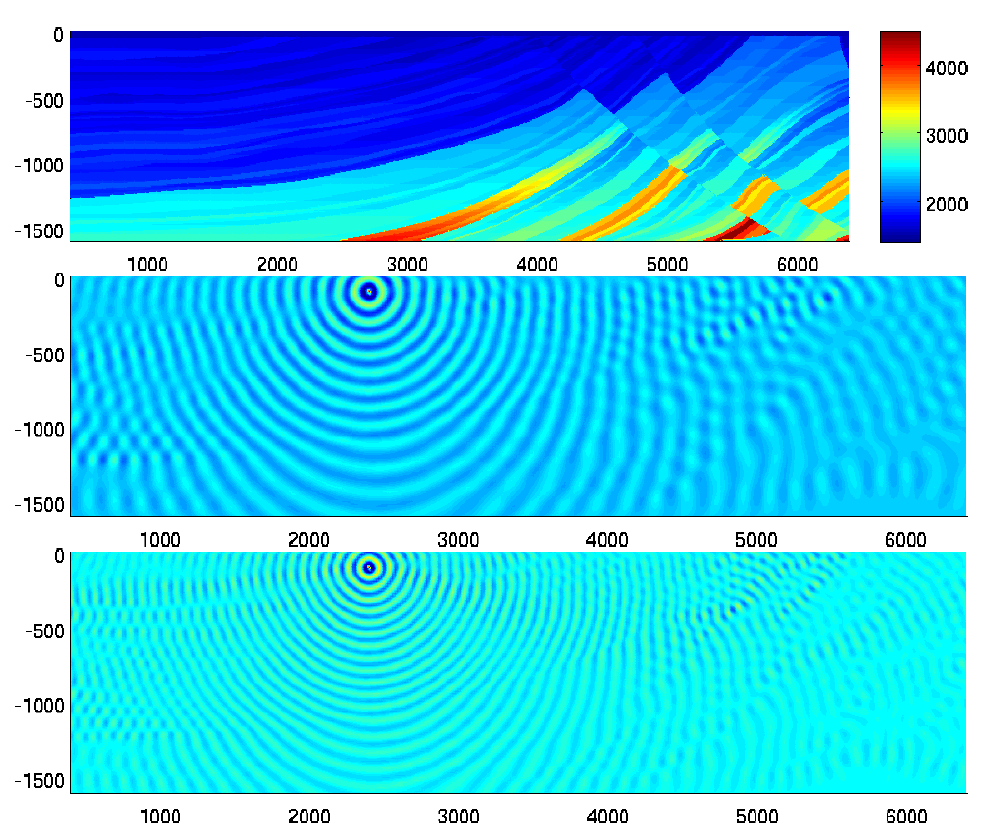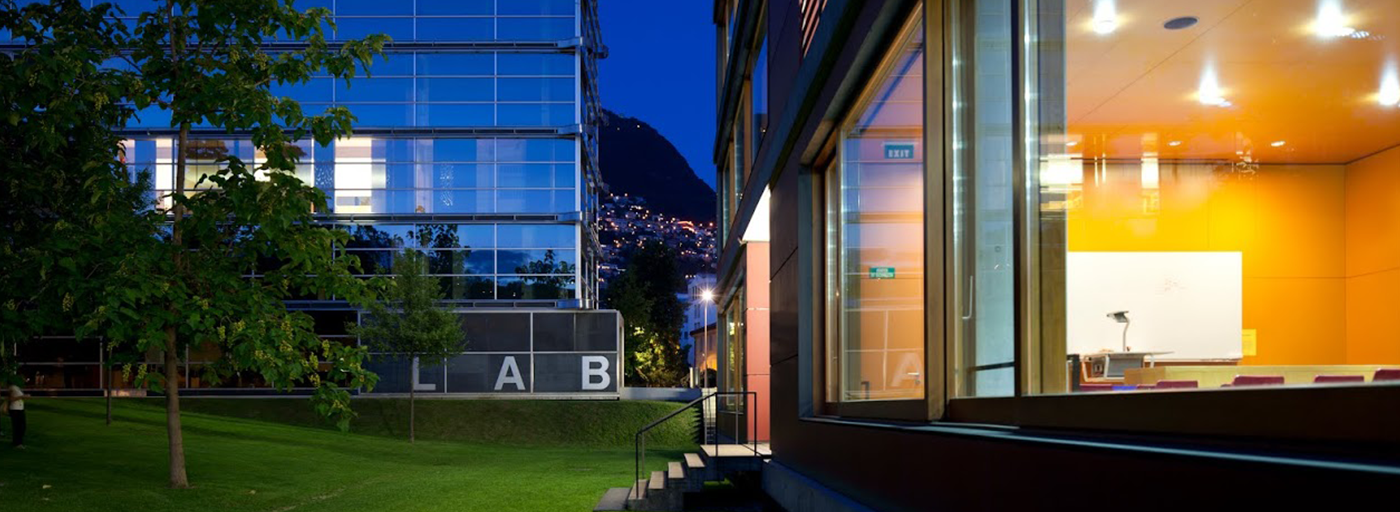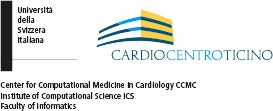
Fast Methods for Frequency-Domain Full-Waveform Inversion in Strongly Heterogeneous Media
Many scientific and engineering problems — in such diverse areas as wave propagation in ultrasound tomography, wireless communication, geophysical seismic imaging, and other areas such as atmospheric sciences, image registration, medicine, structural-fluid interactions, and chemical process industry — can be expressed in the form of a PDE-constrained optimization problem. For instance, the difficult task of non-destructively investigating a solid body, such as the Earth’s interior, a piece of steel, or the human body only from surface measurements of propagating wave fields, can be formulated as a PDE-constrained optimization problem. Indeed, a distinct feature of waves propagating through a homogeneous medium is their ability to travel over long distances while retaining much of their shape and initial energy. Thus waves are ubiquitous for remote-sensing of well-defined bodies (e.g., micro-cracks, land mines) or more general inhomogeneities (e.g., tumor cells in medical imaging, or oil deposits in seismic imaging). The prediction of the scattered fields from known incident waves and given material properties is called simulation or forward problem. In the frequency domain, the forward problem in computational wave propagation is governed by the Helmholtz equation. In contrast, estimating the material properties from measured scattered fields is generally called the inverse problem. In seismology, the inverse problem is often called seismic imaging problem; the qualifier “full-waveform” is used, when the true Helmholtz equation without any approximation is used to model the propagating wave fields. Seismic imaging has experienced significant developments during the last decade. It can be either implemented in the time-domain or in the frequency-domain. Time-domain approaches require storing and accessing the whole time-history of the forward and the backward wave propagation, which can be prohibitively expensive in terms of computational time and storage. An alternative approach is to work in the frequency-domain formulation, i.e., the Helmholtz equation and its various generalizations. This approach is very attractive because it avoids storing the entire wave propagation history. However, the frequency approach is not widespread for three-dimensional seismic simulation or imaging applications due to the lack of efficient 3D Helmholtz solvers. Recent research on Helmholtz solvers and inexact interior-point optimization methods indicates that these algorithms can also be applied to large-scale frequency-domain full-waveform inversion. In particular, the imposition of a priori bounds to avoid false minima has proved very effective. Moreover, larger parallel architectures and new algorithms for wave propagation now provide the computational ability to simulate three-dimensional waves in heterogeneous media with greater accuracy. To achieve accurate full-wave form inversion in three space dimensions, we propose to extend recent developments in computational methods for nonlinear optimization and wave propagation, such as inverse calculation of selected entries in the Helmholtz operator, sweeping or moving boundary PML preconditioners, and their application on highly-parallel architectures. More specifically, the scientific goals of our project are: (1) to develop 3D Helmholtz preconditioning solvers for large-scale high-frequency 3D applications in strongly, (2) heterogeneous media, (3) to develop new inexact-Newton full-waveform inversion methods that include a priori bounds, (4), to apply these computational methods to realistic seismic applications.
Professor Marcus Grote; University of Basel
Professor Olaf Schenk; USI Lugano
Swiss National Science Foundation, grant SNF 200021_140706;




